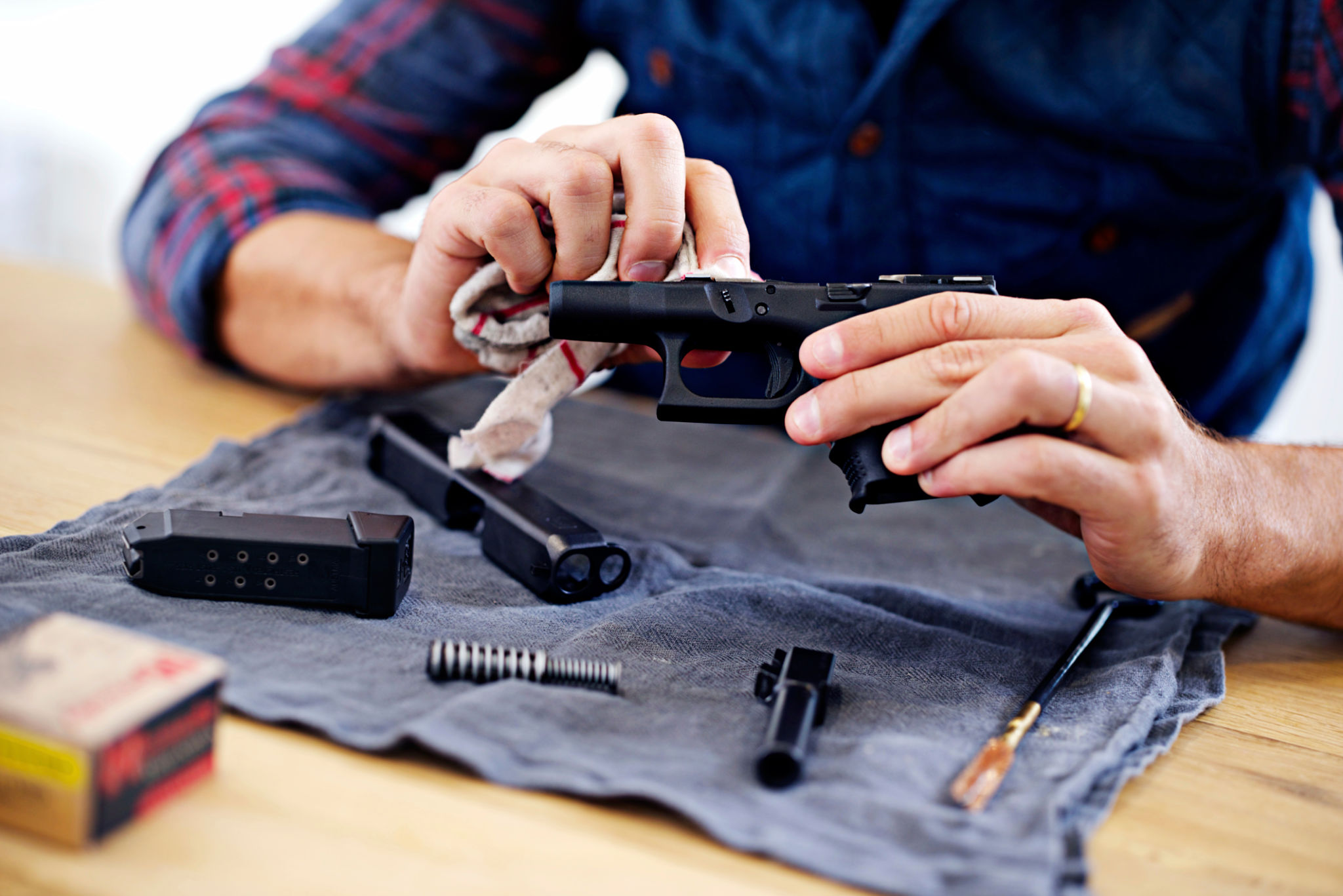Preparing Your Firearms for Seasonal Changes: Tips and Tricks
Understanding the Impact of Seasonal Changes on Firearms
As the seasons change, so do the environmental conditions that can affect your firearms. Temperature fluctuations, humidity levels, and exposure to elements such as rain or snow can all impact the performance and longevity of your firearms. By understanding these factors, you can take proactive steps to ensure your firearms remain in optimal condition year-round.
Seasonal changes can lead to issues such as rust, corrosion, and mechanical failure if firearms are not properly cared for. Being aware of these potential problems allows you to implement preventative measures and maintain the reliability of your firearms.

Cleaning and Lubrication: A Seasonal Necessity
Regular cleaning and lubrication are essential for firearm maintenance, especially as seasons change. In colder months, condensation can form on metal surfaces, increasing the risk of rust. Conversely, warmer months may lead to increased dust and grime accumulation.
Cleaning Tips for Different Seasons
During winter, ensure that you thoroughly clean your firearms after exposure to snow or rain. Use a high-quality gun oil to prevent moisture from causing corrosion. In summer, focus on removing dust and debris that may accumulate, particularly if you engage in outdoor shooting activities.
Choosing the Right Lubricants
Not all lubricants are created equal. Select those that are specifically designed for the temperature ranges you'll be facing. Cold-weather lubricants remain effective in low temperatures, while others may thicken and impede firearm function.

Storage Solutions for Every Season
Proper storage is crucial in safeguarding your firearms against seasonal elements. During humid months, consider using dehumidifiers or silica gel packs within gun safes to reduce moisture levels. Conversely, in drier months, ensure your storage environment does not become too arid, as this can also affect firearm integrity.
Temperature-Controlled Environments
If possible, store firearms in a temperature-controlled environment. This helps prevent extreme temperature fluctuations that can lead to metal expansion or contraction, potentially affecting accuracy and performance.

Regular Inspections and Maintenance
Conducting regular inspections is key to identifying potential issues before they become problematic. Examine your firearms for signs of wear, damage, or rust. Pay attention to critical areas such as the bore, trigger mechanism, and external surfaces.
Establishing a Maintenance Routine
Set up a seasonal maintenance schedule to ensure that no aspect of firearm care is overlooked. This routine might include deep cleaning sessions, lubrication checks, and thorough function tests that align with seasonal transitions.
By incorporating these tips and tricks into your firearm care routine, you can ensure that your firearms are prepared for whatever seasonal changes come their way. Proper preparation not only extends the life of your firearms but also enhances their performance when you need it most.
